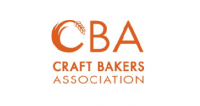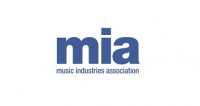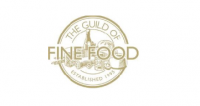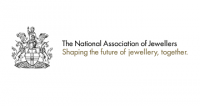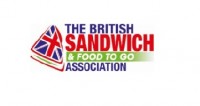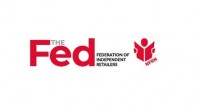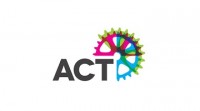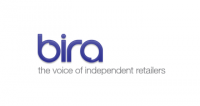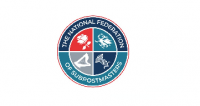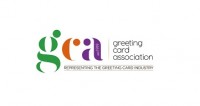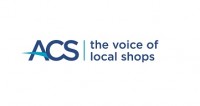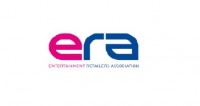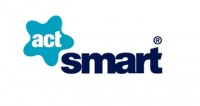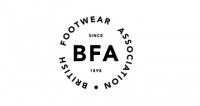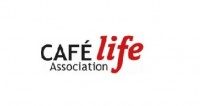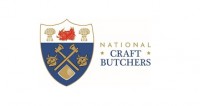Halfords claims UK cycle market is shrinking faster than their own sales
Posted on in Business News, Cycles News
Halfords revealed yesterday that pre-tax profits fell 1.2% to £80m in the year to April with like-for-like cycling sales dipping 0.9% over the year.
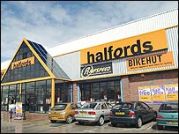 The sales dip has occurred despite a number of key cycling specific campaigns put in place over the last 12 months - including their Moving up a Gear strategy, the introduction of new ranges and new Cycle Republic stores opening - plus their ongoing investment in cycle repair and cycle to work.
The sales dip has occurred despite a number of key cycling specific campaigns put in place over the last 12 months - including their Moving up a Gear strategy, the introduction of new ranges and new Cycle Republic stores opening - plus their ongoing investment in cycle repair and cycle to work.
Whilst the report suggests their bike sales picked up in Q3 and Q4, parts, accessories and clothing ("PACs") sales continued to decline and will be a key focus for Halfords in the medium-term.
Halfords' reported figures are based on sales from 462 Halfords stores, 10 Cycle Republic shops in the UK and Republic of Ireland and online via Halfords.com.
In spite of the uninspiring 2016 financial results, Halfords CEO Jill McDonald referred to the period as "a solid performance", blaming the slowdown in sales on ‘weaker market conditions' and ‘unhelpful weather'.
While the figures suggest Halfords has struggled over the last year, McDonald assured investors that they have ‘gained market share in both motoring and cycling divisions', claiming that the UK cycles market is shrinking faster than their sales.
As a result of these assumptions, McDonald estimates that Halfords now has a 24% market share in bike sales, 15% for parts, accessories and clothing and 10% for cycle repair. However, the Halfords CEO also admits that "the cycling market is not particularly well documented, with data difficult to come by" - and has chosen to base their market share on data from their own customer research conducted in summer 2015, which, according to McDonald, "suggests that the market declined in the last 12 months, with Halfords making share gains. This decline was principally attributed to the summer of 2015."
Halfords' lack of access to the dominant IBD sector market data means that they have had to rely upon their own limited exposure and customer base to generate their market figures.
If sample IBD market data were taken into consideration it could be a very different story. For example, cycle sales achieved via the ACT's Ride it away retail finance scheme, show IBD sales growth of over 22% for the same period McDonald references, with sales growth actually peaking in May to July 2015!
As the Ride it away scheme is delivered via an IBD network nearly twice the size of the Halfords stores group, these figures could go a long way to challenging McDonald's statement that the cycles market declined over the last 12 months, and undermining her ‘24% market share' claim. Market data obviously can be important and is best protected to support the growth of indie retail.
Despite the poor figures, Halfords remains confident in the long-term growth prospects of the cycling market. Participation in the UK is still low and there is large scope for new cyclists as well as increased spend from existing cyclists.
Useful links
If you have any other queries please contact us.


